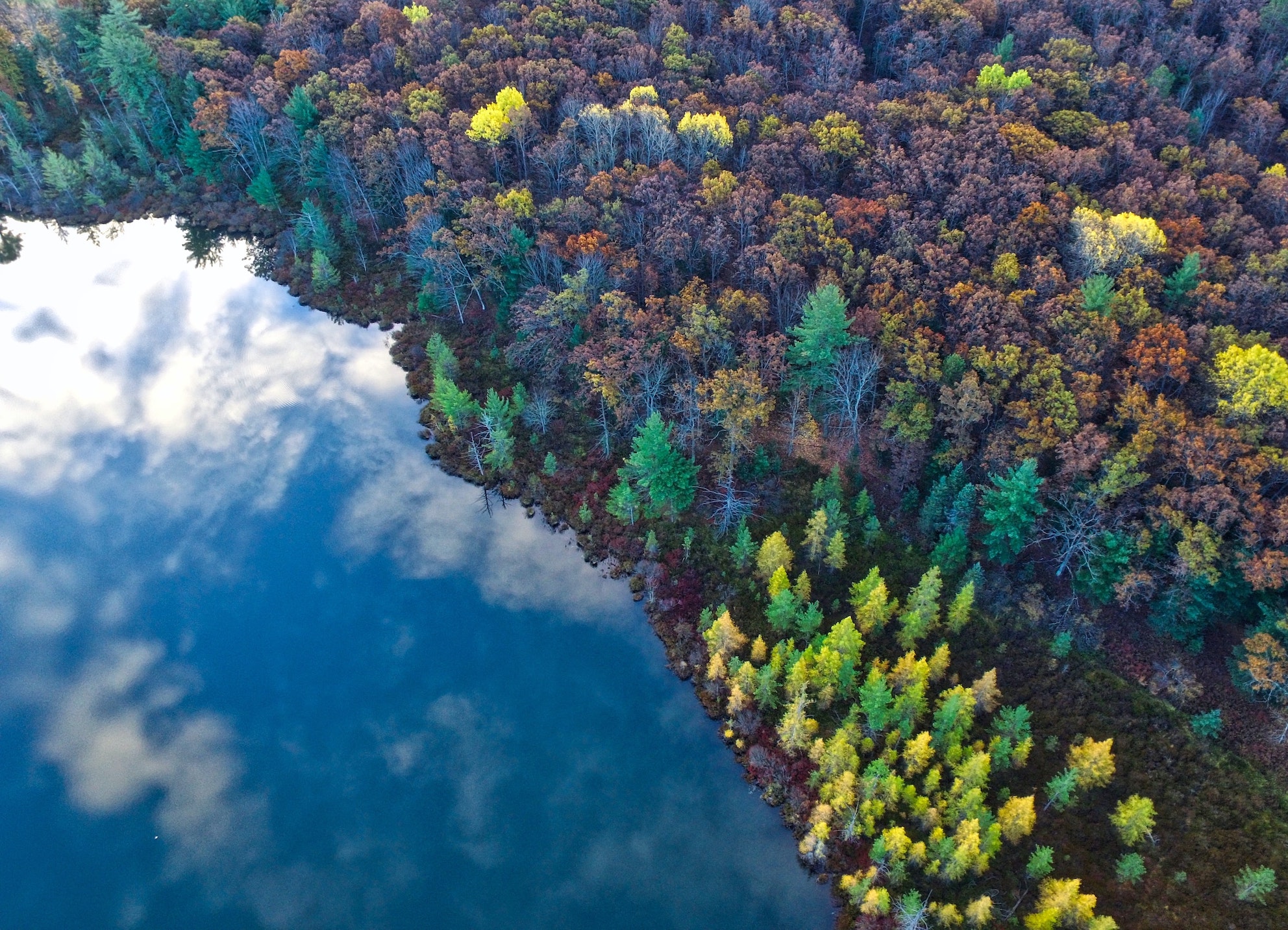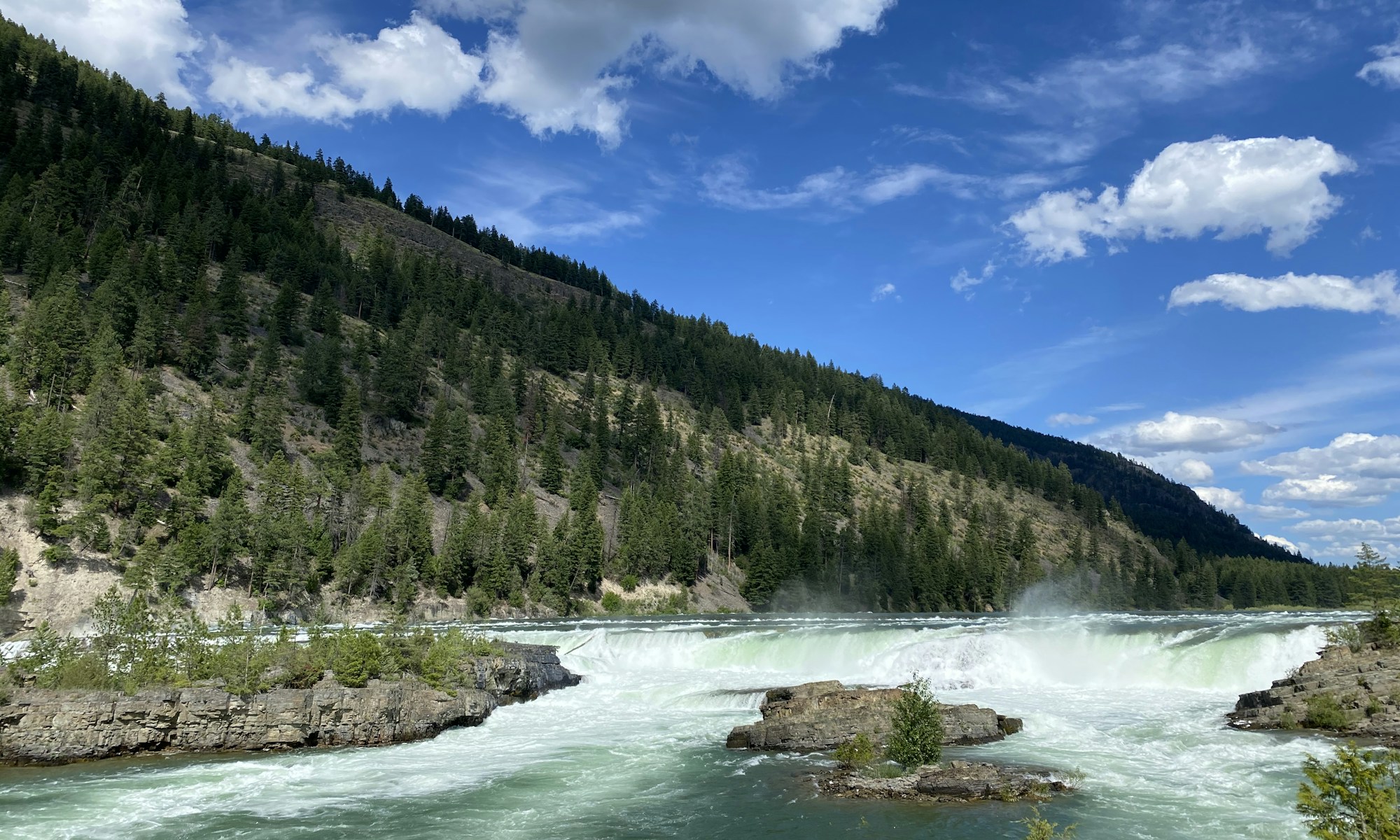11 October 2022 – by Alison Elizabeth Lee
I was very excited when the email arrived in my inbox last May informing me that I had been accepted to the first-ever International School on Climate Migration (ISCM), hosted by Earth Refuge and the Department of Development Studies at SOAS University of London. As a sociocultural anthropologist, I hoped to learn more about ways to investigate climate migration using ethnography in rural and peri-urban areas of Mexico. Although I had been studying migration from Central Mexico to the US for many years, changing environmental conditions and international reports about “climate refugees” piqued my curiosity about how environmental factors shaped migratory flows.
The ISCM brought together experts addressing climate migration from different angles, (especially in Africa, India, and Southeast Asia) and perspectives, such as those of community leaders, activists, peacekeepers, lawyers, development specialists, and academics. Stretched across multiple time zones and connected through Zoom, over the course of five weeks, they shared on-the-ground experiences working with climate migrants and diplomatic, legal, and community efforts to address climate migration. The experiences of those most vulnerable to changing environmental conditions, as well as the historical processes and structural factors that created their vulnerability, often took center stage in our discussions. The ISCM successfully brought to life the complexity of this issue and some of the ways people are imagining better futures. Here are my five takeaways from the ISCM.
1. It’s difficult to distinguish climate migrants from other people on the move
Which factors determine when people move, how they move, who they move with, and where they go? Since the 19th century, researchers have studied the many drivers of migration. The voluminous research on migration theory has mapped out how economic, social, cultural, and political factors shape mobility in different times and places. There is a consensus among 21st century researchers that migration will not be caused by environmental factors alone. Rather, climate and environmental change will act as “threat multipliers” that will exert further pressure on the economic, social, cultural, and political factors which have always been important in shaping mobility. Even in the case of abrupt, sudden changes (for example, flooding caused by stronger and more frequent hurricanes), previous circumstances and underlying conditions shape who can leave, where they can go, and which resources they have access to.
2. Some people are more impacted by climate change and mobility than others through ongoing legacies of colonialism
Some communities and social groups are already suffering, and some will suffer to an even greater degree, from more frequent heatwaves and drought, rising sea levels, and more frequent and intense storms and flooding. Women and girls, indigenous peoples, more economically vulnerable people, racialized communities, and migrants are more vulnerable to environmental change because of ongoing legacies of colonialism. Colonialism subjugated non-Europeans – dispossessing them of land and other material resources, as well as their autonomy and independence. These processes of dispossession continue in the present, both through ongoing, and often violent, appropriation of resources and the failure to recognize and respect the rights of marginalized groups. Furthermore, many so-called solutions to environmental and social change—designed without the input of indigenous groups and those who are economically vulnerable— exacerbate the existing challenges which communities are facing in trying to mitigate and adapt to changing conditions. It is paramount to account for the legacies of colonialism in our understanding of climate-induced displacement, as well as in the programs and policies now being developed and implemented to address it.
3. Where someone has a right, another has a duty: We need to build a legal toolkit that protects people displaced by climate change
Although the term “climate refugee” has gained currency in policy circles and popular usage, the reality is that refugee law—the 1951 Refugee Convention in particular—is not necessarily an adequate legal tool to protect people displaced by climate change. The Convention is best equipped to assist people fleeing persecution based on “race, religion, nationality, membership of a particular social group or political opinion”. Moreover, the impacts of climate are extremely varied, therefore it will be difficult to arrive at a single definition of “climate migrant” that will protect people and not exclude others who may be equally deserving and in need of protection. An alternative is a human rights-based approach to disaster and climate related displacement. In other words, determining how environmental change violates human rights can become a pathway to holding states accountable to their citizens. This accountability would apply to different phases of displacement: in the period prior to displacement, including prevention and preparedness for disasters, during evacuation and displacement, and finally, in the creation of durable solutions. Therefore, legal solutions should be fine-tuned to local conditions to attend to the specific circumstances that different communities face.
4. The relationship between climate change and conflict needs to be contextualized to find locally sustainable and durable solutions
It is well-established that there are now more people displaced as a result of natural disasters than political conflict, and that these displacements are happening all over the world. At the same time, disasters and politics are more frequently acting together to create displacements. In fact, 95% of new displacements in 2020 occurred in countries that have high or very high levels of vulnerability to climate change. Despite these general macro-scale correlations, however, establishing causation is more difficult. Experts clearly outlined how important it is to carefully contextualize people’s experiences with climate change impacts and conflict. Climate change may introduce new threats to livelihoods and/or exacerbate ongoing economic, social, and political problems that may lead to displacement. If they are to be effective, responses to conflict must be grounded in the specific local situations. Universal ideas—including that climate migration will result from greater and more violent competition for resources, for example—are damaging because they can result in bad policies. In another example, we learned that resettling populations to reduce the risk of hazards can be a violent process, one that silences and erases community histories. Such a process may generate more conflict instead of reducing it. The knowledge(s) and experiences of the people at the heart of conflict must be privileged in the process of creating durable solutions. In the words of one expert: “Solutions must be owned by the people who will live with them.”
5. How mobility is framed matters in science and policy
Researchers have pointed out that the idea of “climate refugees” is problematic because it stokes fears that people displaced by climate change will threaten national security of the countries of the Global North, place burdens on social welfare programs, and negatively affect the cultures and traditions of destination countries. These fears have been exacerbated by populist politicians who capitalize on the othering of migrants, convincing their constituents of the need to increase border control and further restrictions of legal paths to migration. In response to this, the idea that mobility is an adaptation to climate change has gained acceptance among academics and policy makers. This puts a positive spin on migration and highlights how migrants have agency and make appropriate decisions for themselves and their households in the face of changing environmental circumstances. However, this framing can also be problematic because migration may not always be adaptive. Whether or not migration will increase individuals’ and households’ wellbeing will likely be related to whether they had time to plan prior to migrating, as well as the conditions at the destination to support migrants once they arrive. What’s more, even if material wellbeing is achieved through migration, resettling can nevertheless lead to a sense of loss, especially with respect to cultural heritage, identity, and territory (see point 4). Finally, migration as adaptation can let powerful actors—such as those who created the unlivable conditions which forced communities to migrate in the first place—off the hook, shifting the focus onto migrants and away from the root causes of displacement.
Resist grand narratives, focus on specifics
My main takeaway from the ISCM was to resist the grand narratives about climate migration. Our understandings of the multiple drivers of different migratory flows must be contextualized in specific histories, environmental contexts, ongoing processes of dispossession, and migrants’ agency and possibilities in sending, transit, and destination countries. Prevention, preparedness, response, and the construction of durable solutions will not be successful without meaningful collaboration with the people affected by climate-induced displacement. Their voices, needs, desires, and experiences must be at the center of efforts which respond to climate migration in specific places.
Found this article interesting? You can learn more about the International School of Climate Migration here.

Alison Elizabeth Lee is a sociocultural anthropologist at the Universidad de las Américas Puebla. Her research focuses on international migration, gender, borders, and political economy.


















